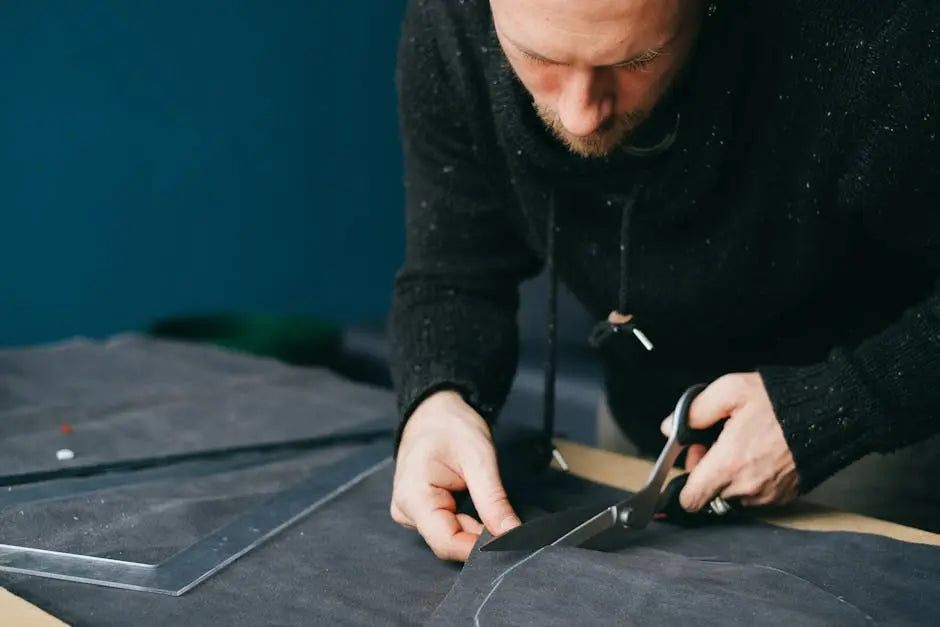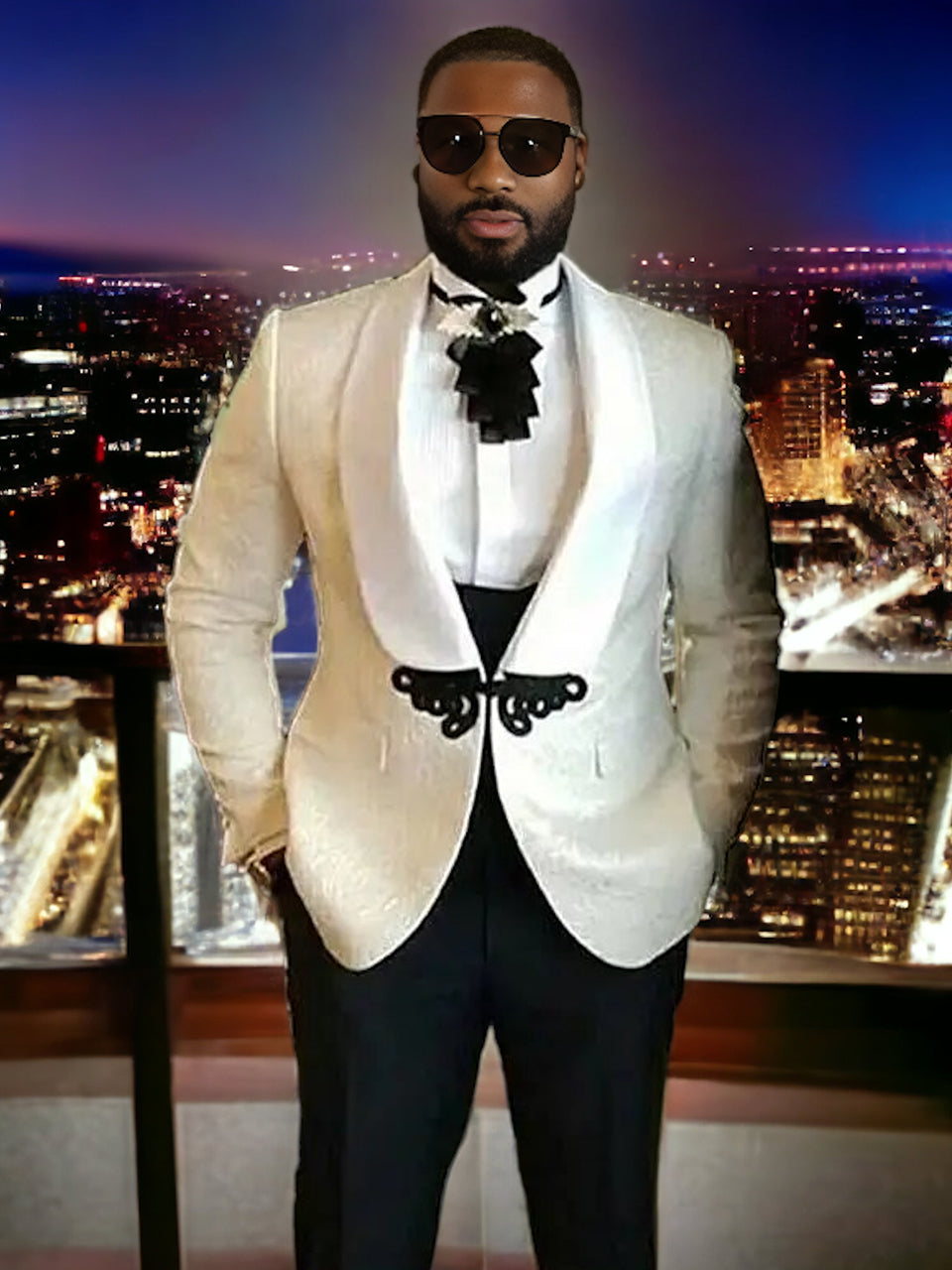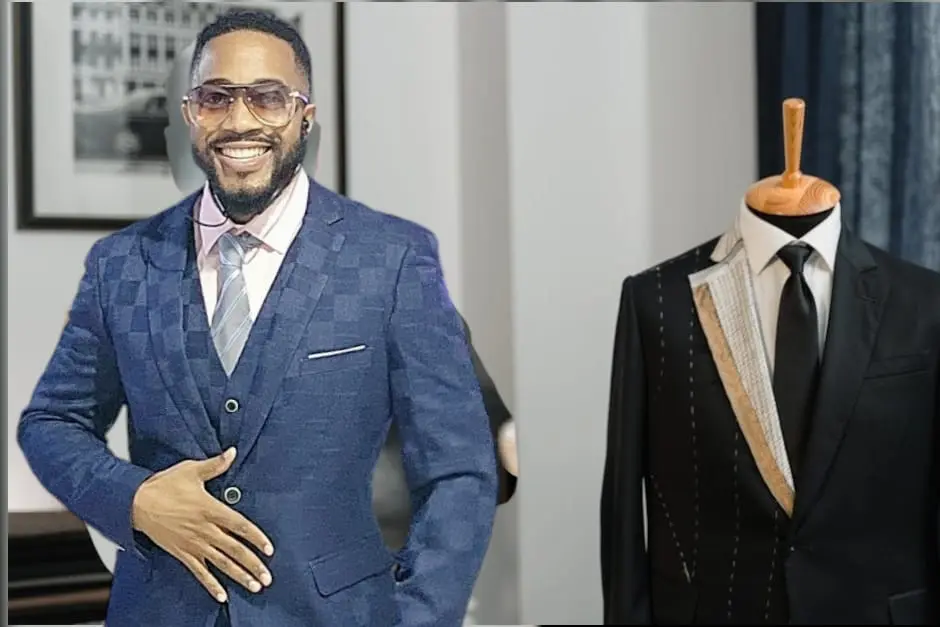How are Handmade Suits Constructed?

Creating a handmade suit is an intricate process that combines artistry and craftsmanship. In this guide, we will explore the steps involved in making a custom suit that truly stands out. From selecting the right fabric to the final fitting, understanding each stage will help you appreciate the skill involved in tailoring handmade suits.
Understanding Fabric Selection
The foundation of a stunning handmade suit begins with the selection of the right fabric. Depending on the occasion, climate, and personal style, different fabrics offer unique benefits. Wool is the most popular choice for its versatility, breathability, and traditional appeal.
Additionally, fabrics like linen provide a lightweight option for hot weather. Meanwhile, cotton suits can strike a balance between comfort and formality. Choosing a quality fabric can dramatically impact the look and feel of your suit.
Your fabric choice also influences how the suit drapes on your body. Heavier materials, for example, create a structured silhouette, while lighter fabrics offer a more relaxed fit. It’s essential to consider these aspects when aiming for the perfect tailored look.
Regardless of the fabric, investing in high-quality materials ensures that your suit will not only look fantastic but also stand the test of time. It’s worth the effort to explore various options to find what resonates with your personal aesthetic.
The Importance of Measurements
Getting your measurements right is crucial in the construction of a handmade suit. Unlike off-the-rack options, where fit can often be compromised, a handmade suit is crafted specifically for your body type.
Taking precise measurements includes more than just your waist and chest size; it involves an array of dimensions such as shoulder width, arm length, and inseam. Each detail counts when it comes to ensuring a comfortable and flattering fit.
Professional tailors use a combination of measuring tape, calipers, and sometimes even 3D scanning technology to gather accurate data. This thorough approach minimizes the chances of fitting issues later in the process.
Moreover, it’s always a good idea to have measurements taken by an experienced tailor, especially if this is your first handmade suit. Accurate measurements lay the groundwork for a piece that feels tailored just for you.
Creating a Pattern for the Suit
Once your measurements are finalized, the next step involves creating a pattern. This pattern acts as the blueprint for your suit, outlining all the intricate pieces that will come together.
Patterns are usually made from paper or muslin, allowing tailors to visualize how the fabric will be cut and sewn. By refining the pattern based on your body shape, tailors ensure that the suit complements your unique silhouette.
Experienced tailors often make adjustments to the pattern based on initial fittings, ensuring every aspect aligns with their vision of the perfect fit. This iterative process is vital, as it allows for fine-tuning before moving on to the actual fabric.
Creating a customized pattern may seem like a small step, but it is foundational to the overall success of the suit. It ensures that every element, from the shoulders to the sleeves, aligns perfectly for a look that feels truly bespoke.
Cutting the Fabric
After the pattern is ready, the next step is to cut the fabric. This stage is crucial, as precision is key. Tailors carefully lay the pattern over the fabric, ensuring that every piece is cut according to the specifications.
Utilizing sharp fabric shears, the tailor works meticulously to follow the contours of the pattern. If done correctly, the result will be a collection of perfectly shaped fabric pieces waiting to be assembled.
One interesting aspect of cutting fabric for handmade suits is the layout. Tailors often take into consideration the fabric’s grain and motifs, ensuring a visually pleasing outcome. For patterned fabrics, aligning patterns can create a cohesive look.
This deliberate process ensures that no fabric is wasted, and that each cut contributes to the overall design integrity of the suit. Once the fabric is cut, it is ready for the sewing phase, bringing together all the previously discussed components.
Sewing Techniques Used in Handmade Suits
Sewing a handmade suit involves an array of specialized techniques that set it apart from mass-produced options. Each stitch adds character and durability to the piece, contributing to its overall aesthetic.
For instance, hand-stitching certain elements, like the lapels or buttonholes, can create a soft, elegant finish that machine stitching fails to replicate. This attention to detail not only elevates the suit but also showcases the tailor’s skill.
Techniques such as pad stitching strengthen the suit’s lapels, ensuring they maintain their shape over time. Furthermore, a canvas interlining is often used within the structure of the jacket to provide a natural drape.
Tailors also incorporate different sewing methods for specific styles. Techniques such as linen or pick-stitched seams allow for an aesthetically pleasing yet sturdy garment. This blending of form and function is key to a truly beautiful handmade suit.
Final Fitting and Adjustments
The final fitting is one of the most exciting parts of the handmade suit construction process. This is when the suit is brought to life, allowing you to see how all the elements come together.
During the fitting, the tailor evaluates both the fit and comfort of the suit, making necessary adjustments to ensure everything is just right. Common adjustments may include shortening sleeves, adjusting the waist, or tweaking the shoulder width.
It’s essential to communicate your preferences during this fitting. A good tailor will listen to your feedback and use it to make adjustments that enhance not only the fit but also your overall satisfaction with the suit.
Ultimately, this final stage is a collaborative effort between you and the tailor, crafting a suit that feels like a second skin. It’s a testament to the artistry involved in creating handmade suits and the attention given to each client’s needs.
The Art of Tailoring
Handmade suits represent the pinnacle of craftsmanship in menswear. By understanding the construction process, you can make informed choices when ordering your own custom piece. Remember, investing in a handmade suit is not just about fashion; it’s about acquiring a timeless piece that reflects your unique style and personality.






